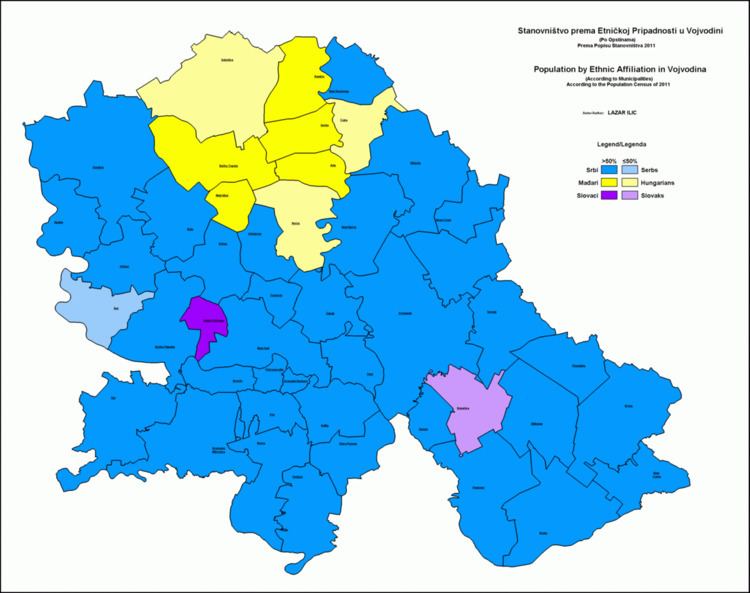 | ||
Vojvodina is one of the most ethnically diverse regions in Europe, home to 25 different ethnicities.
Contents
Serbs
Hungarians
Slovaks
Croats
Roma people
Romanians
Montenegrins
Bunjevci
Rusyns
Yugoslavs
Macedonians
Ukrainians
Muslims by nationality
Germans
Albanians
Slovenes
Czechs
Bulgarians
Gorani
Russians
Jews
Historical preview
Recent demographic trends among largest ethnic groups in Vojvodina:
References
Ethnic groups in Vojvodina Wikipedia(Text) CC BY-SA
